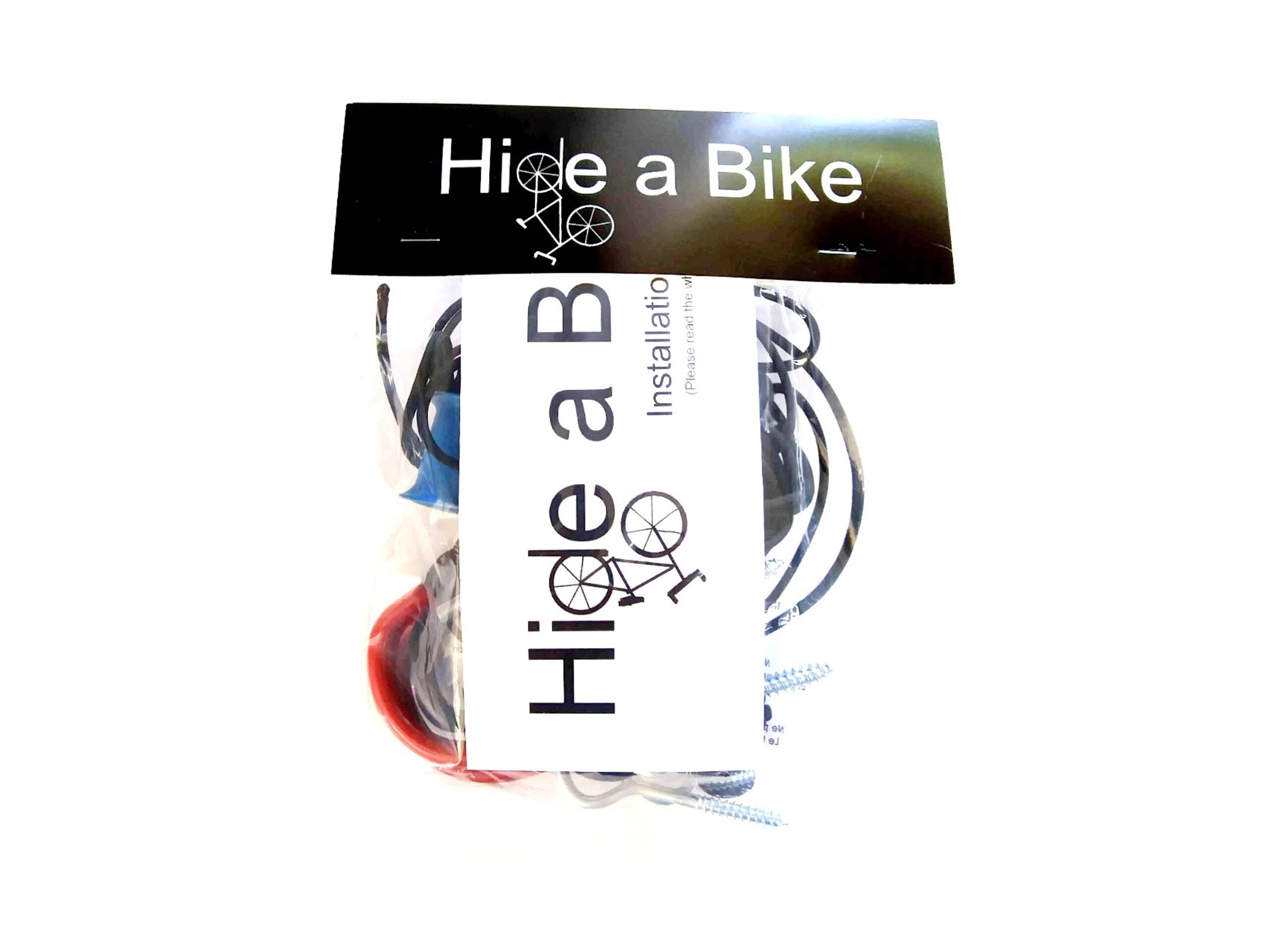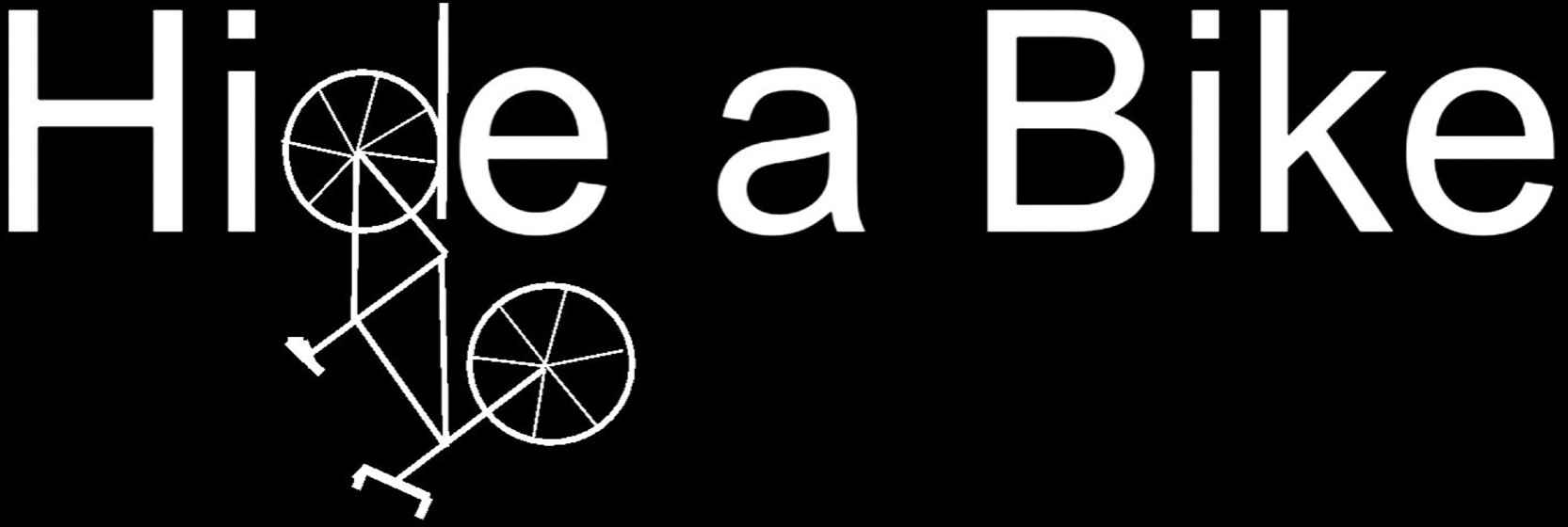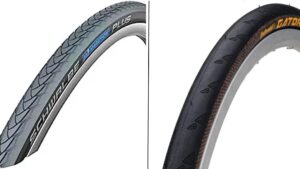How Cycling Can Save You Money

Discover the financial benefits of cycling - from reducing transportation costs to healthcare savings and a positive environmental impact.
*This article may contain affiliate ads that help to support this site*
In a world where every dollar counts, finding ways to save money is paramount. One often-overlooked solution lies in the simple act of cycling. Beyond its ecological and health benefits, cycling can be a powerful tool for long-term economic gains. This article explores how making cycling a part of your daily life can contribute to substantial savings.
As the cost of living continues to rise and the environmental impact of our choices becomes more evident, cycling offers a practical and sustainable alternative. We’ll dive into the initial investment, transportation savings, healthcare benefits, environmental impact, and maintenance costs associated with cycling. By the end, you’ll see that cycling isn’t just a mode of transport; it’s a financial investment that can lead to a healthier bank account and a healthier planet.
Initial Investment
While the idea of saving money through cycling is appealing, it’s essential to acknowledge the initial investment required. Acquiring a quality bicycle, safety gear, and accessories can seem like a significant upfront cost. However, it’s crucial to view these expenses as a long-term investment rather than an immediate burden.
The Bicycle: Your choice of bicycle can range from basic to high-end, depending on your preferences and needs. While premium models may come with a heftier price tag, they often offer better durability and performance. Consider this as an investment in a mode of transportation that can last for years.
Safety Gear: Helmets, lights, reflective clothing, and locks are all essential for safe cycling. These items contribute to your initial cost but are indispensable for your well-being and security.
Accessories: Additional accessories like panniers, a bike rack, or a maintenance kit can enhance your cycling experience. These, too, might seem like additional expenses, but they can improve convenience and longevity.
It’s worth noting that the initial investment in cycling is a one-time or infrequent cost, unlike the ongoing expenses associated with car ownership, such as fuel costs, insurance, and maintenance. Over time, these costs can significantly outweigh the upfront expense of cycling.
The key to managing the initial investment is to prioritize quality over quantity. Choose a bicycle and gear that suits your needs and budget, and remember that they are assets that can pay for themselves through the savings you’ll accumulate over time.
Savings On Transportation
One of the most significant ways cycling can save you money in the long run is by reducing your transportation costs. Here, we’ll explore how this two-wheeled mode of travel can help you pocket substantial savings over time.
Fuel and Maintenance Savings: The most immediate impact of cycling is on your vehicle-related expenses. With a bicycle, you eliminate the need to purchase fuel or pay for public transportation. Think about how much you spend on gas, bus or subway fares, and maintenance for your car, and imagine redirecting those funds elsewhere.
Parking Fees: For those who commute to work or frequently visit urban areas, parking fees can be a substantial cost. Cycling allows you to bypass these fees altogether, saving you a considerable amount of money over the months and years.
Reduced Depreciation: Owning a car can be a financial drain due to depreciation. Vehicles lose value over time, but bicycles maintain their value relatively well, especially if you take good care of them. This means that the money you invest in a bicycle retains its worth, unlike a car that continually loses value.
No Vehicle Insurance: When you cycle, you eliminate the need for car insurance, which can be a significant ongoing cost. While you may still need some form of insurance, it is typically less expensive when you don’t have a motor vehicle to cover.
Health-Related Savings: Beyond direct transportation costs, cycling contributes to your well-being, reducing the likelihood of expensive health issues. A healthier you means fewer doctor’s visits, prescription costs, and medical bills. The financial savings associated with good health can be substantial over a lifetime.
To put these savings into perspective, consider creating a budget that outlines your current transportation costs. Then, subtract the expenses you’ll save by switching to cycling. The result is a clear picture of the ongoing financial benefits of pedaling to your destination.
Savings On Healthcare
Cycling isn’t just a money-saving mode of transportation; it’s also a fantastic way to improve your health, leading to potential savings in healthcare expenses. In this section, we’ll explore the numerous health benefits of cycling and how they can contribute to long-term financial well-being.
Physical Fitness: Regular cycling is an excellent way to stay physically active. It provides a full-body workout, helping you build and maintain muscle, improve cardiovascular health, and increase your overall fitness. Being physically fit can reduce your risk of various health issues, including heart disease, diabetes, and obesity.
Mental Health: Cycling isn’t just good for your body; it’s also a great way to boost your mental well-being. It can reduce stress, anxiety, and depression, promoting better mental health. Improved mental health can lead to a lower need for therapy, medication, or other mental health services.
Weight Management: Cycling can aid in weight management and weight loss. Maintaining a healthy weight reduces the risk of obesity-related health problems, such as joint issues, sleep apnea, and certain cancers.
Reduced Healthcare Costs: By staying physically active and mentally healthy through cycling, you’re less likely to require costly medical interventions. Fewer doctor visits, prescription medications, and medical procedures can lead to substantial savings over time.
Increased Productivity: Regular exercise, like cycling, can improve your focus and productivity. This means you’re more likely to excel at work and earn a higher income, further contributing to your financial stability.
Longevity: Cycling can increase your life expectancy. Living a longer, healthier life can lead to a more financially secure retirement, reducing the need for extensive healthcare and enabling you to enjoy your savings.
By adopting cycling as part of your daily routine, you not only save on immediate transportation costs but also invest in a healthier and more financially stable future. The long-term healthcare savings can be substantial, making cycling a smart choice for both your physical and financial well-being.

Hide A Bike Kit
Is your garage starting to become a mess? Save space by storing your bikes flat against the ceiling.
Environmental Cost Savings
Cycling doesn’t just benefit your wallet and health; it also has a positive impact on the environment, which, in turn, can result in long-term financial savings. In this section, we’ll explore the environmental benefits of cycling and how they can translate into economic advantages.
Reduced Carbon Emissions: Choosing to cycle over driving a car significantly reduces your carbon footprint. Transportation is a major contributor to greenhouse gas emissions, and by cycling, you’re actively participating in the fight against climate change. As governments and businesses increasingly focus on sustainability, this choice can lead to potential financial incentives and savings, such as tax breaks and reduced emissions-related fines.
Cleaner Air: Cycling means less reliance on motor vehicles, which results in improved air quality. Cleaner air can lead to reduced healthcare expenses related to respiratory illnesses and allergies.
Lower Infrastructure Costs: Fewer cars on the road means less wear and tear on infrastructure. This can lead to potential savings in terms of maintenance and repair costs for roads and bridges, and these savings can indirectly benefit taxpayers.
Reduced Congestion: With more people cycling, traffic congestion decreases. This leads to less time spent in traffic, which can mean more time for productive activities, and less fuel consumption. These time and cost savings can add up over the years.
Community Benefits: Increased cycling promotes a sense of community and reduces noise pollution. Communities that prioritize cycling often experience a stronger sense of belonging and well-being, potentially resulting in lower crime rates and associated costs.
Economic Incentives: Many regions and municipalities offer incentives for eco-friendly choices, such as cycling to work. These incentives may include subsidies for purchasing bicycles or tax credits for using green transportation methods.
By choosing to cycle, you play a part in creating a more sustainable and eco-conscious future. This not only has positive implications for the environment but can also lead to financial savings and incentives on a broader scale. In the next section, we’ll discuss the cost of maintaining a bicycle compared to a motor vehicle and how it can further enhance your long-term savings.
Savings On Maintenance And Upkeep
Maintaining a bicycle, as opposed to a motor vehicle, is a cost-effective endeavor, and it’s a critical factor in the economic gains of cycling. In this section, we’ll delve into the financial aspects of keeping your bicycle in top shape and how it compares to the ongoing costs of maintaining a car.
Simplified Maintenance: Bicycles have fewer components and are generally easier to maintain compared to cars. Routine maintenance tasks like cleaning, lubricating the chain, and checking tire pressure are straightforward and require minimal investment in terms of time and money.
Lower Repair Costs: When bicycle repairs are necessary, they are typically more affordable than automotive repairs. Common bicycle issues, such as a flat tire or brake adjustments, can often be fixed inexpensively or even by the cyclist themselves with basic tools.
Extended Lifespan: Properly cared for, a bicycle can last for many years. Regular maintenance can extend its lifespan, meaning you don’t have to replace it as frequently as a car, which can save you a significant amount of money in the long run.
No Fuel Costs: Unlike a car, a bicycle doesn’t require fuel or oil changes. This means you avoid fluctuating fuel prices and reduce your monthly expenses further.
Depreciation: As mentioned earlier, bicycles maintain their value better than cars. This means that the money invested in a quality bicycle holds its worth, which is unlike the depreciation experienced by motor vehicles.
Versatile Use: Bicycles can be used for various purposes, from commuting to grocery shopping, and even as a means of exercise. This versatility minimizes the need for additional expenses related to other forms of transportation or fitness equipment.
The costs associated with maintaining and upkeeping a bicycle are substantially lower than those associated with owning and maintaining a car. These savings, combined with the reduced initial investment, transportation expenses, healthcare savings, and environmental benefits of cycling, make it a wise financial choice for the long term.

Hide-A-Bike Installation Guide
If you want to put together a Hide-A-Bike kit for yourself, just download these easy to follow, step-by-step directions, complete with a full hardware and parts list.
Conclusion
The financial benefits of cycling are both immediate and long-term. While the initial investment in a bicycle and related gear may seem significant, the economic gains that follow are substantial. From reduced transportation costs and healthcare savings to the positive impact on the environment and minimal maintenance expenses, cycling proves to be a financially sound choice.
By choosing to cycle, you not only contribute to a greener, healthier world but also enjoy a fatter wallet and a healthier you. The savings you accumulate over time can fund your dreams and secure your financial future. So, as you pedal your way through life, remember that cycling isn’t just a mode of transport; it’s a smart investment in your economic well-being and the well-being of our planet. Happy cycling!
Share This Article With A Friend
Did You Read This Whole Article?

You deserve a gift! Enter your email to receive a FREE copy of the Hide-A-Bike Installation Guide! And once a month we will send you a newsletter with the best deals on the internet for bicycle gear and accessories.
About Hide A Bike

Save space by keeping your bike flat against the ceiling with the original easy and convenient bicycle storage solution.
Thank You For Visiting!

You deserve a gift! Enter your email to receive a FREE copy of the Hide-A-Bike Installation guide. And once a month we will send you a newsletter with links to our best finds on bicycle gear and accessories.
Share This Article:
Most Popular Articles:
Article Categories:
Related Articles:

How To Go Green And Enjoy The Ride With Urban Cycling

How To Explore Your City By Bike: Tips, Routes, And Hidden Gems






